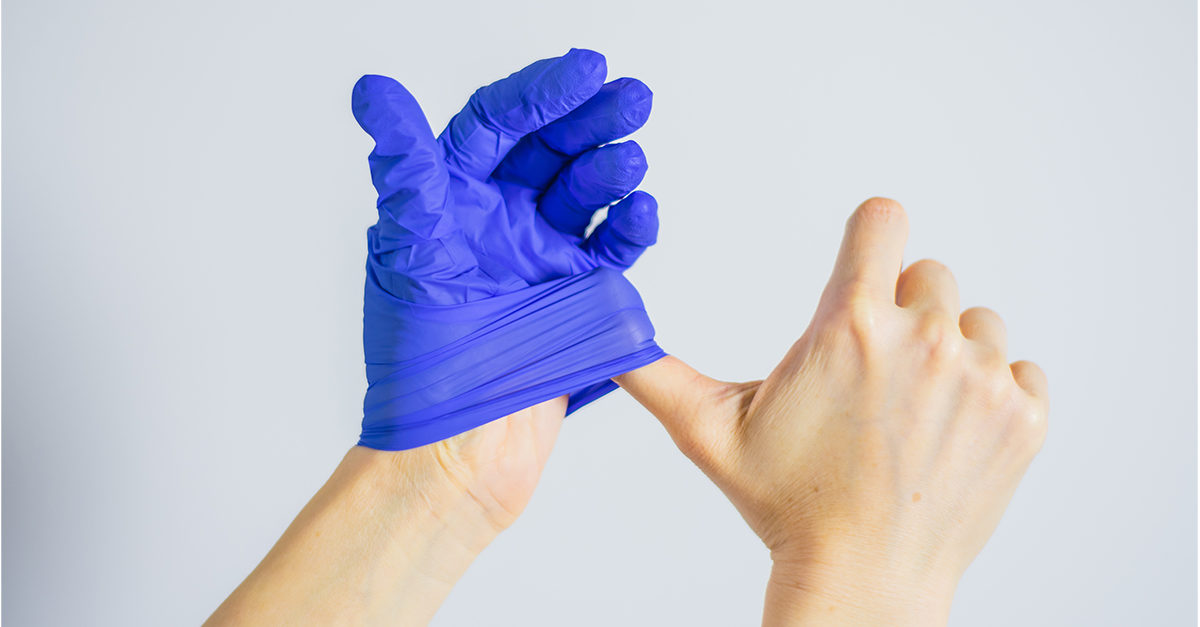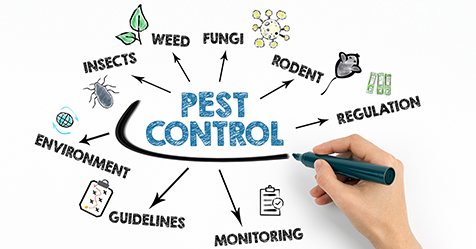Cleaning professionals understand the importance of wearing personal protective equipment (PPE) to safeguard themselves and help prevent the spread of SARS-CoV-2 and other viruses.
This includes gloves as well as goggles, gowns, face shields, and even foot coverings.
However, how they remove PPE is just as critical. There is a proper way to remove PPE to prevent exposure to infectious diseases. Health care professionals learned this lesson while caring for patients during the Ebola outbreak in 2014. According to the World Health Organization (WHO), 881 health care workers developed Ebola while treating patients in Guinea, Liberia, and Sierra Leone and more than half (58%) died from the disease.
Educating cleaning professionals on the proper removal of PPE is a perfect opportunity for jansan distributors to prove their value. In fact, this is a premium add-on value—it saves lives—which cannot be offered by mega-stores, online sites, or many brick-and-mortar shops.
“It is extremely important to learn how to properly don (put on) and doff (take off) PPE in a manner to prevent self and environmental contamination,” says Patty Olinger, executive director of the Global Biorisk Advisory Council (GBAC), a division of ISSA. “How to properly discard disposable PPE must be part of the plan and is important for infection/contamination control as well.”
So, how do cleaning professionals remove PPE correctly?
First, in the United States, GBAC advises employers select appropriate PPE based on a risk assessment and has provided TIPS sheets that are available on the GBAC website.
In the U.S., employers need to review the OSHA 29 CFR 1910.132 and other related OSHA PPE standards, such as the respirator standard. Another good source of information is the U.S. Centers for Disease Control (CDC). While this information is available to anyone in the world, you must look to your own national rules, regulations, and guidelines for information.
With those guidelines in mind, jansan distributors can educate their customers how to carefully remove PPE to prevent contamination to their self and their surroundings.
PPE removal tips
First, advise your customers to designate a space that is away from common areas of the building to remove their PPE. Work with them to create a buddy system, in which one cleaning worker walks through all the removal steps with another worker and then vice versa. Each worker should stand at least six feet from the other and remove his or her own PPE. This ensures every step of the removal process is performed correctly.
Provide the following instructions to your customers for each piece of PPE:
Gloves—Depending on the situation and the infectious agent that you are responding to, it may be advisable to remove contaminated gloves first. It may also be advised, based on your risk assessment, to put a clean set of gloves on to aid in the removal of your remaining PPE.
Glove removal is one of the steps in PPE removal where mistakes happen, primarily because workers tend to rush the process. Pull the glove with the opposite hand and peel it off, turning it inside out. Do the same with the second hand. Dispose of the gloves and wash your hands. Then apply an alcohol-based hand sanitizer for extra safety.
Gowns—Wearing gowns helps prevent pathogens from getting on your clothing. Undo any tied areas and grab the gown from the neck, pulling it away from your body. Next pull the gown over your hands and immediately begin rolling it into a bundle, inside out. Dispose of it or place it in the laundry. For the final step, wash and sanitize your hands.
Face shields—As you’re cleaning, pathogens may become airborne and get in your eyes. That’s where face shields come in handy. To remove face shields, clean your hands and stand straight. Bending forward can place the bottom of the shield into contact with your upper body or clothing, spreading contamination. Remove the shield by lifting the headband over your head. Close your eyes for added protection. Try not to touch the front of the face shield. You can clean the plexiglass on some shields with a sanitizer. Wash your hands again, then use an alcohol-based hand sanitizer as the final step.
Masks—Before removing the mask, wash your hands or place a clean pair of gloves on. Pull the straps off over your ears and either dispose of the mask or, if reusable, follow the manufacturer’s cleaning instructions. Then wash and sanitize your hands.
Shoe covers—As researchers have found the SARS-CoV-2 virus can linger on floors, cleaning professionals should wear shoe covers. This way, they do not “walk” contaminated shoes to other facilities or home. To remove them, sit down on a chair; do not attempt to do this while standing. Pull the shoe covering over the heel and off your foot. Do the same with the other foot. Dispose of the shoe covers or launder them if they are reusable.
Don’t forget about your eyeglasses. Eyeglasses are not PPE but they can become contaminated while cleaning or during the PPE removal process. Clean all parts of the frame and the lenses with dish detergent and warm water. Rinse, dry, and then wipe the frame with a disinfectant wipe.
As a final step, always wash your hands at the end!
Jansan distributors are playing a pivotal role in preventing the spread of COVID-19. By teaching cleaning staff how to protect themselves, distributors may be saving the lives of these essential workers.



